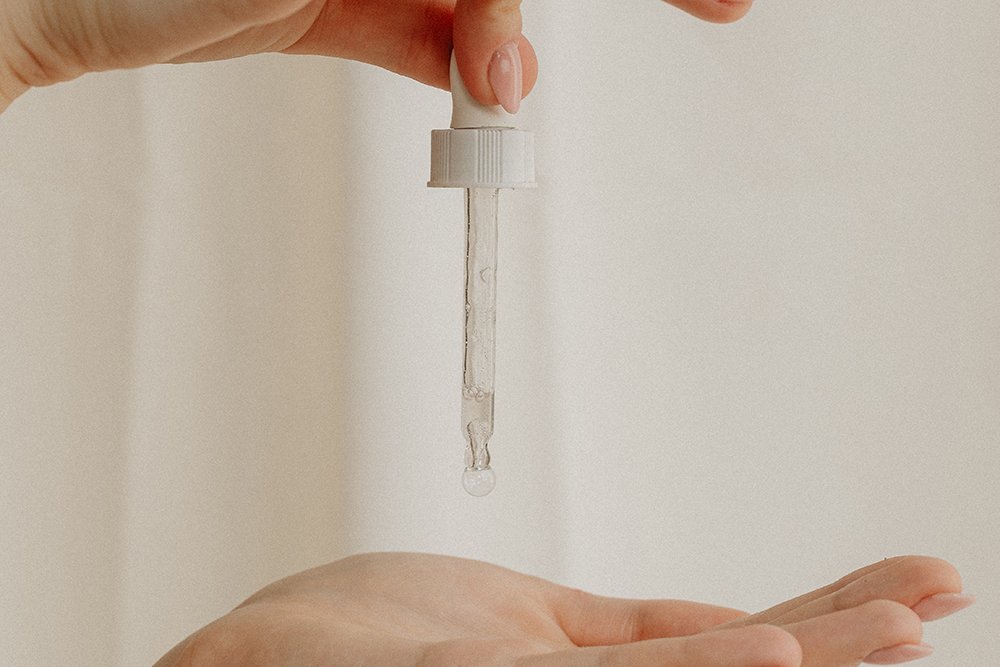The term “pharmaceutical-grade” has become a popular buzzword in the beauty industry, offering the promise of clinical results with a touch of luxury. However, the definition of this term is not as simple as it may seem. While some brands invest in years of research and adhere to medical-level standards, others use it primarily as a marketing tactic. The real question is, what truly qualifies a product as pharmaceutical-grade, and who has the authority to determine this?
“Pharmaceutical-grade skin care refers to products that meet the highest standards of purity, efficacy, and safety,” explains Jill Sanderson, the director of marketing at Vivier, a Canadian company known for its pharmaceutical-grade formulations developed over 25 years. She emphasizes that these formulations are supported by rigorous clinical research, manufactured under strict Good Manufacturing Practices (GMP) and ISO standards, and consist of USP-certified ingredients.
Each Vivier product is meticulously crafted with the precision of a prescription formulation, surpassing industry requirements. Sanderson highlights that many of their ingredients are USP-certified, ensuring they meet or exceed the stringent standards of the United States Pharmacopeia for strength, quality, and purity. Every formula is carefully designed with precise concentrations of active ingredients to ensure optimal skin penetration and maximum efficacy. As she states, “Results are everything to us, hence our tagline: ‘The Beauty of Results.'”
While acknowledging the level of customization in pharmaceutical-grade products, Dallas dermatologist Elizabeth Houshmand, MD, sheds light on the regulatory perspective in the United States regarding the term “pharmaceutical-grade.” She clarifies that it is essentially a marketing term, as there are currently no FDA standards for labeling products as “medical-grade” skin care. Despite featuring higher-quality, evidence-based ingredients and undergoing safety and efficacy testing, products labeled as “medical-grade” are classified as cosmetics under FDA regulations.
Dr. Houshmand emphasizes that “medical-grade” or “pharmaceutical-grade” skin care should not be confused with prescription skin care. Prescription products contain high concentrations of active ingredients and are regulated as drugs, requiring medical supervision. On the other hand, non-prescription products, even those labeled as “medical-grade,” fall under the cosmetic category. The advantage of these products lies in their recommendation and sale through professional channels like dermatology offices, ensuring customized care based on individual needs.
Sanderson underscores the importance of education and transparency in distinguishing over-the-counter (OTC) products from prescription products. OTC products cater to a wider consumer base with lower concentrations of active ingredients, while prescription products contain potent actives and demand physician oversight. Pharmaceutical-grade skin care offers higher concentrations of clinically proven actives compared to OTC products, without the requirement of a prescription. By being dispensed through medical professionals, patients receive expert guidance and access to advanced, science-backed skin care solutions.
One notable product embodying this approach is Vivier’s Crème 47, a recent launch known for merging pharmaceutical-grade efficacy with a luxurious skin-care experience. Comprising 47 carefully selected ingredients targeting seven essential skin functions, this product demonstrates the brand’s commitment to quality and effectiveness. Sanderson highlights the complexities of formulating such a product to maintain stability and efficacy within pharmaceutical-grade standards, marking it as a significant achievement for Vivier.
Vivier’s expertise extends beyond borders, navigating regulations from Health Canada to the FDA. Sanderson points out the regulatory variations for certain active ingredients across different markets, such as sunscreen filters and hydroquinone availability. She emphasizes that pharmaceutical-grade skin care reflects a permanent shift in consumer expectations, with a growing demand for proven results backed by science and transparency.
As consumer preferences evolve, Sanderson observes a generational shift towards preventive use among younger demographics and corrective use among mature individuals. She asserts that anyone seeking superior skin care dispensed by physicians will benefit from pharmaceutical-grade formulations. Vivier takes pride in leading the industry by offering effective and luxurious solutions that meet these standards.
Dr. Houshmand underscores the importance of consumer awareness, emphasizing the significance of the scientific foundation, formulation integrity, and guidance from trusted skin-care professionals, regardless of whether a product is labeled as medical-grade or pharmaceutical-grade.
content in your own words.

